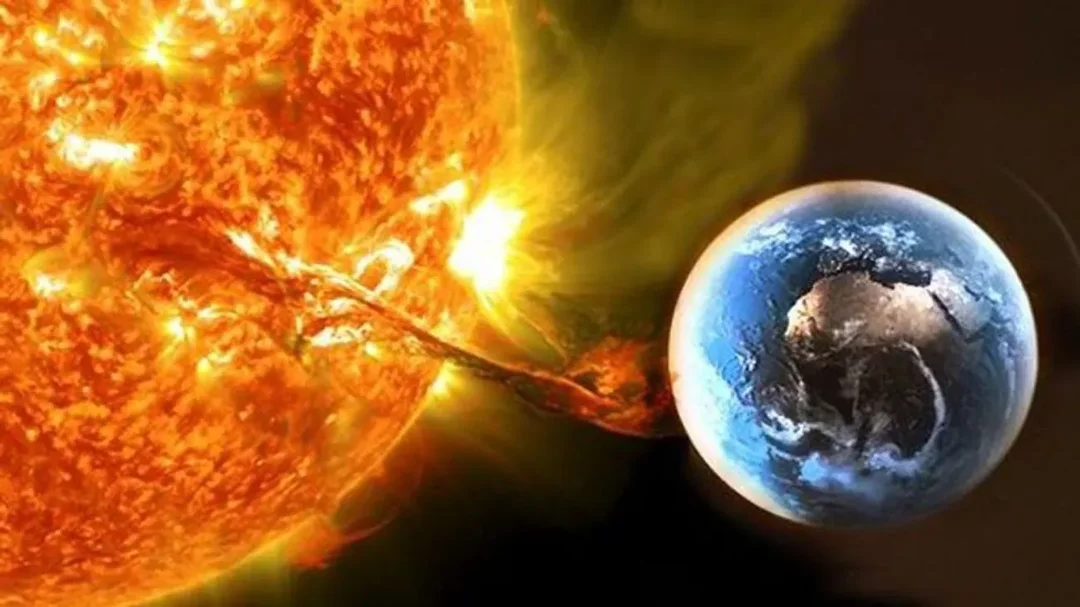
Dazzling Northern Lights Illuminate the Sky as Strong Geomagnetic Storm Hits Earth
Get ready to look up! A strong geomagnetic storm is currently underway, triggering spectacular displays of the Northern Lights in several U.S. states. This celestial phenomenon, a result of increased solar activity, has captivated skywatchers and scientists alike.

NOAA's Space Weather Prediction Center (SWPC) reported that the strong (G3) geomagnetic storm level was reached early Thursday, based on their five-level scale. This event is primarily driven by the influence of a negative-polarity coronal hole high-speed stream (CH HSS).
Coronal holes, appearing as dark voids on the Sun due to their cooler, less dense plasma, release material at faster speeds. These streams occasionally impact Earth, creating mesmerizing aurora displays as particles interact with our atmosphere.
Overnight, lucky observers in Alaska, Canada, and parts of the northern U.S., including Michigan, were treated to a vibrant show. One Michigan photographer managed to capture stunning images of the Northern Lights over Hancock, Michigan during the peak of the storm.
The SWPC has issued a Level-3-out-of-5 Geomagnetic Storm Warning through Thursday, indicating that the effects of the CH HSS are ongoing. While the peak intensity has already passed, there's still a chance to witness the aurora borealis on Thursday night and early Friday. Moderate geomagnetic storming is expected to continue into Friday.

Geomagnetic storms are disturbances in Earth's magnetic field caused by solar activity. While they produce stunning visual effects like the Northern Lights, they can also have technological impacts. These storms can disrupt satellite communications, affect power grids, and interfere with aviation.
The Met Office Space Weather Operations Centre (MOSWOC) has been diligently monitoring solar activity since 2014, using satellites and ground-based networks to track solar flares, CMEs, and the solar wind. Their work is crucial in predicting and preparing for the potential impacts of space weather on Earth.
While the public doesn't need to be overly concerned about these space weather events, it's important to understand their potential effects. CH HSS and coronal mass ejections (CME) can negatively affect satellites in low-Earth orbit, the power grid, and GPS systems. Minor power grid fluctuations and intermittent GPS degradation are possible during this week's storm.
According to forecaster Mikhail Leus, this particular geomagnetic storm is likely to be short-lived, but disturbances in the geomagnetic field could persist until the end of the day and into Friday.
This event serves as a reminder of the powerful connection between the Sun and Earth. While the immediate impact is the beautiful display of the Northern Lights, it also highlights the importance of continued research and monitoring of space weather to protect our technology and infrastructure.
Did you catch a glimpse of the Northern Lights? Share your photos and experiences in the comments below!